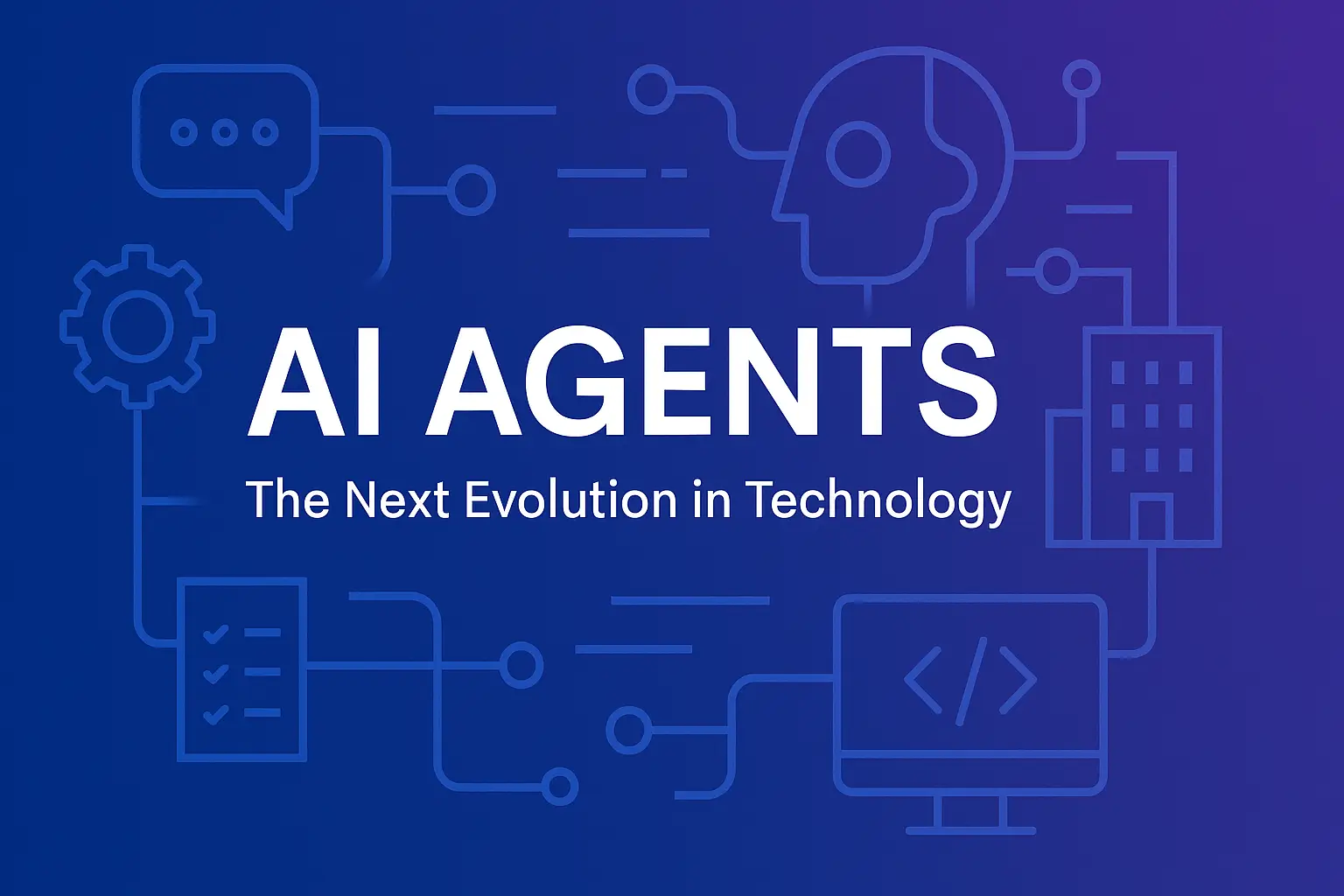In an era where Artificial Intelligence (AI) is more than a buzzword, the landscape of technology is evolving at an unprecedented pace. From self-driving cars to personalized recommendations on your favorite streaming service, AI has a hand in it all. But to harness the full potential of AI, it’s crucial to have the right tools at your disposal. That’s where this guide comes in. We’re diving deep into AI tools, exploring their different types, and helping you understand what you need to know to make an informed choice. Whether you’re a seasoned pro or just getting your feet wet, this ultimate guide to AI tools is your go-to resource for everything you need to make your AI projects a success.
Types of AI Tools
Navigating the world of AI tools can be a bit overwhelming, given the myriad options available. Here’s a breakdown of the different types of AI tools you’ll come across, what they’re good for, and why they’re an essential part of your AI toolkit.
Data Preparation Tools
Before you even start with the AI algorithms, you need to ensure your data is in tip-top shape. Data Preparation Tools help you clean, label, and structure your data, setting the stage for effective machine learning models. Examples include DataRobot and Talend.
Machine Learning Platforms
These are the workhorses of your AI project. Platforms like TensorFlow and PyTorch offer a range of libraries and functions to develop and deploy machine learning algorithms, making them the go-to tools for building intelligent systems.
AI Development Environments
For coding and algorithm development, you’ll need a robust AI Development Environment. Popular options include Jupyter Notebook and RStudio, which offer the flexibility to experiment and test your AI models.
Natural Language Processing Tools
If your project involves understanding human language, you’ll need specialized tools for Natural Language Processing (NLP). Libraries such as spaCy and NLTK offer pre-built functions to handle tasks like sentiment analysis and language translation.
Criteria for Choosing AI Tools
Once you’ve got a grip on the types of AI tools out there, the next hurdle is selecting the ones that fit your project’s needs. But what exactly should you be looking for? Here are some criteria to guide your decision-making:
Scalability
As your project grows, you’ll want tools that can scale with it. Opt for platforms that offer the flexibility to handle larger datasets and more complex algorithms without a hitch.
Ease of Use
No one wants to spend hours deciphering a complicated interface. Look for tools that are user-friendly, with intuitive dashboards and easy-to-follow documentation.
Cost-Effectiveness
While some AI tools come with hefty price tags, there are also cost-effective, even free, options available. Consider your budget constraints and weigh the tool’s features against its cost.
Community Support
A strong community can be a lifesaver when you hit roadblocks. Tools with active forums, tutorials, and community-contributed resources can make your AI journey much smoother.
Top 5 AI Tools You Need to Know
By now, you should have a good understanding of the types of AI tools and the criteria for selecting them. But if you’re looking for some direct recommendations, we’ve got you covered. Here are the top 5 AI tools that you absolutely need to know about:
Tool 1: TensorFlow
- Features: TensorFlow excels in creating deep learning models, offering a highly flexible system architecture.
- Pros and Cons: While it’s incredibly powerful, it can be complex for beginners.
- Best Use Cases: Ideal for projects that require complex neural networks, like image or speech recognition.
Tool 2: PyTorch
- Features: Known for its dynamic computational graph, PyTorch is great for research and development.
- Pros and Cons: It’s more beginner-friendly than TensorFlow but might lack some production-ready features.
- Best Use Cases: Perfect for academic research or prototypes that require quick iteration.
Tool 3: DataRobot
- Features: DataRobot automates many aspects of your data preparation and model training, making it a time-saver.
- Pros and Cons: The downside is it may not offer the same level of customization as other platforms.
- Best Use Cases: Excellent for smaller teams that want to automate the machine learning pipeline.
Tool 4: Jupyter Notebook
- Features: Jupyter allows for code, equations, and visualizations to be shared easily.
- Pros and Cons: It’s easy to use but may not be suited for larger, more complex projects.
- Best Use Cases: Ideal for data analysis and preliminary model testing.
Tool 5: spaCy
- Features: spaCy specializes in natural language processing tasks like tokenization and named entity recognition.
- Pros and Cons: It’s incredibly fast and accurate but may not handle languages outside of English as effectively.
- Best Use Cases: Good for projects involving text analysis, chatbots, or sentiment analysis.
Free vs. Paid Tools: What’s the Difference?
AI tools come in all shapes and sizes, as well as different price points. While paid tools often boast premium features and dedicated support, free options are also worth considering. Here’s how to decide between the two:
Free Tools
- Advantages: No upfront costs, and often open-source, making them customizable.
- Disadvantages: May lack certain functionalities and robust customer support.
- When to Use: Best for small projects, learning purposes, or if you’re testing the waters in the AI field.
Paid Tools
- Advantages: Comprehensive features, reliable support, and sometimes easier to use.
- Disadvantages: Can be expensive, and might offer more than what you actually need for simpler projects.
- When to Use: Ideal for larger-scale projects or enterprises that require advanced capabilities and support.
How to Get Started with AI Tools: What You Need to Know
So, you’re all set to dive into the world of AI, but where do you start? Here’s a step-by-step guide to get your AI projects up and running smoothly with the right tools.
Step 1: Identify Your Needs
Before you can choose any tool, you need to know what problem you’re solving. Is it data analysis, natural language processing, or perhaps image recognition?
Step 2: Budgeting
Have a clear understanding of your budget constraints. Know the costs involved in both free and paid tools to make an informed decision.
Step 3: Research Tools
Based on your needs and budget, start researching tools that fit the bill. Use resources like this guide to help you understand the landscape.
Step 4: Test Multiple Tools
Don’t put all your eggs in one basket. Test out multiple tools to see which ones work best for your specific requirements.
Step 5: Community and Support
Ensure the tools you’re considering have robust community support or customer service in case you run into issues.
Step 6: Finalize and Implement
Once you’ve done all the legwork, finalize your tool selection and start implementing them in your projects.
Conclusion and Final Thoughts
Choosing the right AI tools can make or break your project. With countless options available, it’s easy to get lost in the noise. That’s why we’ve put together this ultimate guide—to arm you with the information you need to make the best choice for your AI endeavors. Whether you’re a seasoned professional or a curious newcomer, having the right set of tools can set you on the path to success in the exciting world of Artificial Intelligence.
Now that you know what types of tools are out there, the criteria for choosing them, the top 5 you should consider, and how to get started, you’re well-equipped to tackle any AI project that comes your way.




